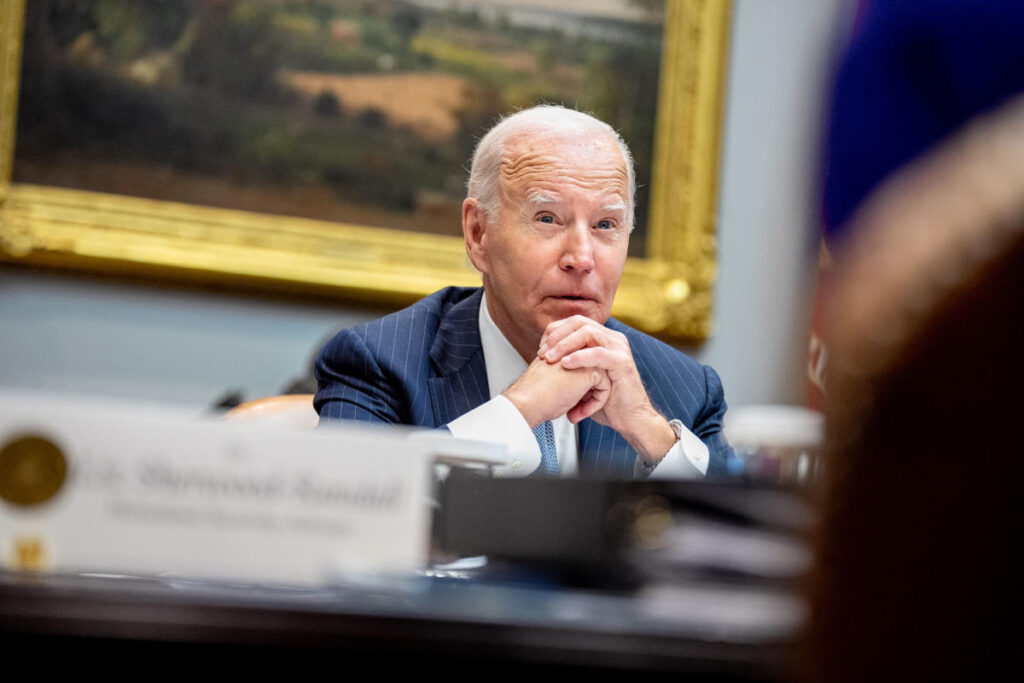As the 2024 campaign enters its final two weeks, Vice President Kamala Harris is not expected to campaign alongside President Joe Biden, according to multiple officials from both her campaign and the White House. Instead, Biden’s strategy focuses on leveraging his political relationships, particularly with labor leaders, and showcasing his administration’s achievements through official White House events. Despite his authoritative position as president, Biden’s diminished presence in the campaign reflects a broader strategy crafted to allow Harris to define her candidacy distinctly from Biden’s administration. Officials believe that Biden’s primary responsibility now lies in effectively fulfilling his presidential duties while allowing Harris to present herself as a candidate of change to the voters.
With Biden’s unpopularity looming over the campaign, the strategy of physical separation is intended to help Harris position herself independently of the incumbent’s administration. She has faced challenges in articulating how her presidency would differ, emphasizing in recent interviews the distinct experiences and insights she brings to the table. Assuring voters that she does not represent a continuation of Biden’s presidency, Harris aims to inherit a fresh narrative fronted by an agenda that resonates with a desire for change among the electorate. However, the Trump campaign has capitalized on her association with Biden, framing her candidacy as an extension of the incumbent’s unpopular policies, particularly those related to the economy and immigration.
Public perception has shown a lack of confidence in Biden’s leadership, which further complicates Harris’s campaign efforts. A recent NBC News poll highlighted that only 25% of voters feel Biden’s presidency has benefited their families, with 45% claiming it has harmed them. In contrast, voters reflected more positively on Trump’s administration, with a significant percentage reporting feeling better off during his time in office. This contrast emphasizes the precarious situation Harris faces as she seeks to disassociate herself from Biden’s legacy while still relying on some of the same foundational Democratic support.
As Harris distances herself from Biden in her campaign activities, her internal data suggests a minimal reception for messages directly tied to his accomplishments during his presidency. The Harris team appears keen on running a campaign focused more on future goals rather than past successes, which complicates the dynamic with Biden’s administration. To further her goals, Harris plans appearances with prominent Democratic figures like Barack Obama and Michelle Obama, illustrating her strategy to align herself with a narrative of renewal, while Biden concentrates on his duties as president and specific policy initiatives.
Biden’s diminished campaign role does not mean he is absent from the political landscape. He continues to focus on his obligations as president, addressing critical issues such as hurricane responses, labor strikes, and international diplomacy. His engagements in these arenas are seen as crucial to maintaining the administration’s stability, which indirectly supports Harris’s campaign. Biden’s public messaging also aims to demonstrate that Harris will have her own distinct path as president, which he articulated during a recent campaign event. By showcasing effective governance, he aims to bolster her candidacy while providing her with the space to carve out her identity.
Finally, Biden’s ongoing support behind the scenes, including outreach to labor leaders and participation in targeted rallies, reflects a calculated approach to campaign strategy in this unprecedented election cycle. Both the Biden and Harris campaigns appear to endorse the thinking that an essential aspect of campaign management requires nuance in leadership presence; too much association could hinder Harris’s goals while providing Biden with the opportunity to refocus voter sentiment favorably. In embracing this strategy, the administration navigates the complex interplay between incumbency challenges, voter expectations, and the inherently dynamic landscape of American politics.

